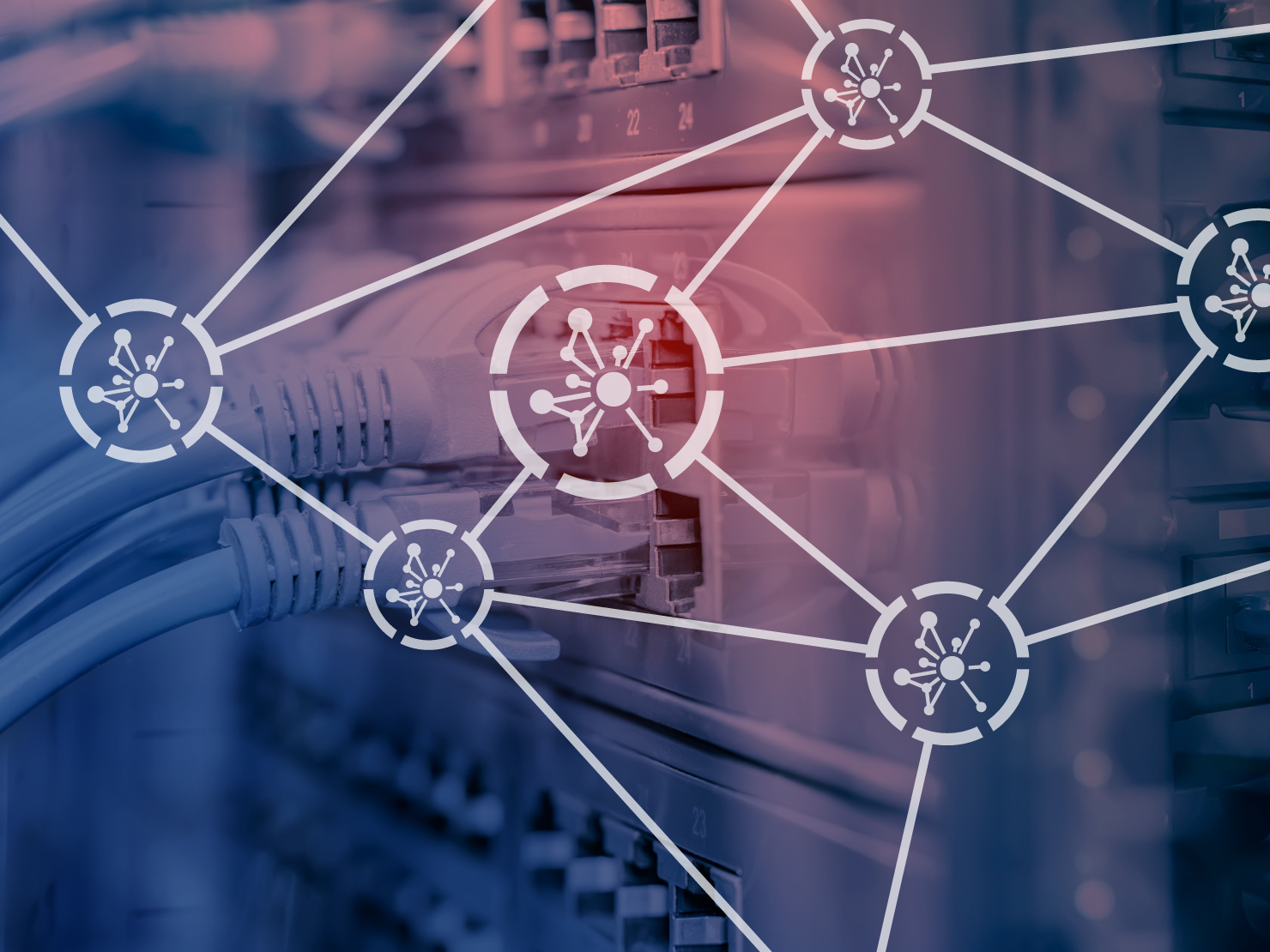

The Munich Science Network (MWN) connects buildings of Munich universities (LMU, TUM, University of Applied Sciences Munich, University of Applied Sciences Weihenstephan-Triesdorf, etc.) and other scientific institutions in the Munich region by means of a scalable and highly redundant data network.
The use of the MWN may be useful for an institution for the following reasons:
The Munich Science Network (https://doku.lrz.de/ueberblick-ueber-das-muenchner-wissenschaftsnetz-mwn-10745844.html) is an Ethernet-based IP network that connects various locations of higher education institutions. The core network sites are redundantly connected via fiber optic lines of at least 25 Gbit/s, generally 100 Gbit/s, and have uninterruptible power supplies and physical access protection.
The locations of our members are connected to the core network sites with bandwidths between 1 Gbit/s and 100 Gbit/s. In addition to own or rented fiber optic connections, managed connections (Ethernet) are also used. In special cases, other technologies (IP connections of other providers, DSL, radio) can also be used.
Depending on the needs of the customer organisation, a site can be connected without redundancy, using redundant components or geographically redundant.
The protocols IPv4 and IPv6 are supported. The data traffic of the affiliated institutions is treated equally (‘best effort’).
An exclusive use of the MWN as a transit network is possible. However, the implementation must be coordinated individually with the LRZ. The use as a transit network is generally realized as a separate routing instance (Layer3-VPN, VRF). The transport of Layer2 (Ethernet VLANs) is possible in special cases.
The availability of the MWN backbone can be found at: https://monitoring.mwn.de/infovista/mwn-availability.html.
Maintenance times: Every Tuesday and Thursday from 7.00 am to 9.00 am.
The MWN is operated with as little disruption and interruption as possible. Fixed maintenance times ("maintenance windows") are reserved for carrying out planned routine maintenance, set-up and installation work and for software and hardware updates. Maintenance windows are generally only utilised when necessary, taking into account the requirement to keep the impact as low as possible.
Emergency maintenance measures for a given reason (e.g. CERT security notice) are carried out immediately by the LRZ in order to ensure the security of the MWN. Information about the emergency and the maintenance measures carried out as well as their expected duration and purpose is provided immediately via appropriately defined mechanisms.
Planned interruptions (estimated time, duration and affected areas or services) are announced at least one day in advance. The announcements are made via
(Guidelines MWN (german) § 2).
Set-up times: 2 weeks after all requirements have been met
Prerequisites are e.g. the installation of the access line and the availability of the necessary interfaces.
To use the WiN Internet connection, the conclusion of a service package at the DFN is a prerequisite. Often such an agreement has already been concluded by higher-level institutions. See https://www.dfn.de/dienste/entgelte/ .
In many cases, the installation of the access line to the MWN requires installation work in the building. This may require a permit from the building owner (a Gebäudeeigentümererklärung, GEE)
For the smallest institutions (with up to 10 devices), it is possible, after consultation with the LRZ, not to fix the fees via the connection speed, but to use the number of terminal devices to be connected as a measure for determining the fees.
These fees include (if desired) the following LRZ services:
Bandwidth share for the LRZ's provider connection to the German Science Network (X-WiN).
The costs for the connection bandwidth at the provider connection are generally calculated with the bandwidth of the connection to the MWN. If the LRZ can ensure by technical means that the X-WiN uplink cannot be used or cannot be used at full bandwidth, the bandwidth share can be reduced.
Fees for WiN use: If the Internet is to be used via the MWN's existing WiN connection, this is possible within the framework of the LRZ's provider connection to the science network. Additional fees are incurred here through a so-called service connection. The fees for this must be paid to the DFN, see: www.dfn.de/dienste/entgelte/. A separate contract must be concluded with the DFN for this purpose. Such a contract has often already been concluded by higher-level organisations.
One-off connection costs: These costs must be paid once for the additionally required interface in the router or switch to which the institution to be connected is connected. In principle, a termination device (monitoring switch) operated by the LRZ is required at the customer location.
Costs for the feeder line: The type of feeder line must be agreed individually with the LRZ. The costs of the feeder line must always be borne by the institution to be connected. These costs can be incurred monthly (e.g. fibre optic line), once (e.g. installation of a fibre optic line on private property) or not at all (location of the institution in a university building). The LRZ provides support in selecting and applying for the line.
Leibniz Supercomputing Center
of the Bavarian Academy of Sciences
Boltzmannstraße 1
85748 Garching - Germany